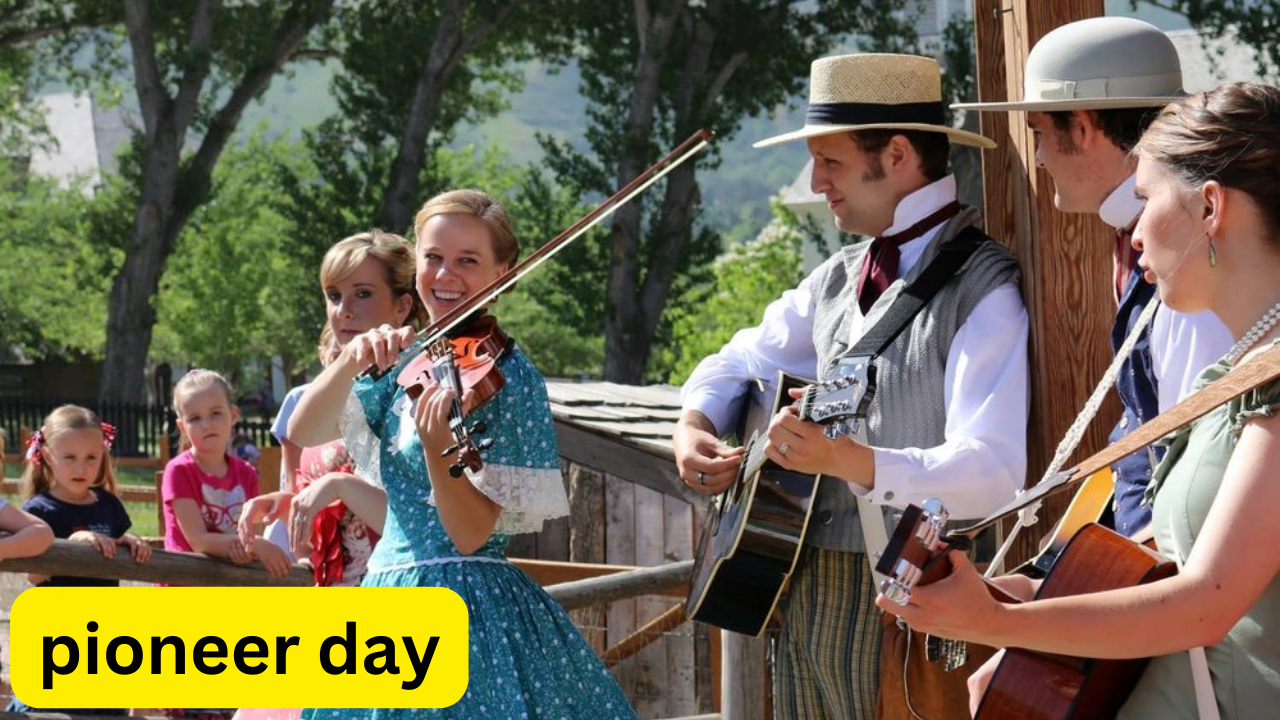Pioneer Day is celebrated annually on July 24th, primarily in the state of Utah. This holiday commemorates the arrival of the first group of Mormon pioneers in the Salt Lake Valley on July 24, 1847. The day is significant not only to members of The Church of Jesus Christ of Latter-day Saints (LDS Church) but also to many Utah residents who celebrate the spirit of pioneering and the rich cultural heritage of the region.
Historical Background
The origins of Pioneer Day date back to the mid-19th century when the Mormon pioneers, led by Brigham Young, embarked on a treacherous journey westward to escape religious persecution. After being forced out of several states, including New York, Ohio, Missouri, and Illinois, the group sought a new home where they could practice their faith freely. Their journey, which covered approximately 1,300 miles across the plains and over the Rocky Mountains, was fraught with hardships, including harsh weather, illness, and scarcity of resources.
On July 24, 1847, Brigham Young and his followers arrived in the Salt Lake Valley. Upon seeing the valley, Young is reported to have said, “This is the right place,” marking the end of their perilous journey and the beginning of a new chapter in the history of the Mormon faith. The arrival of the pioneers in Utah is celebrated as a testament to their resilience, faith, and determination.
Modern Celebrations
Pioneer Day is marked by a variety of festivities that reflect the cultural and historical significance of the event. In Utah, the day is observed with parades, fireworks, rodeos, and reenactments of the pioneers’ trek. Salt Lake City, the state’s capital, hosts the largest celebrations, including the Days of ’47 Parade, one of the oldest and most prominent parades in the western United States. The parade features floats, marching bands, equestrian units, and historical reenactments, drawing large crowds each year.
In addition to the parade, the Days of ’47 Rodeo is a significant event that showcases the skills and traditions of the American West. Participants from across the country compete in various rodeo events, celebrating the cowboy culture that is an integral part of Utah’s heritage.
Fireworks displays are a common sight on Pioneer Day, lighting up the night sky in celebration of the pioneers’ arrival. Many communities also organize concerts, fairs, and family-friendly activities, creating a festive atmosphere that brings people together.
Cultural and Religious Significance
For members of the LDS Church, Pioneer Day holds profound religious significance. It is a time to honor their ancestors who endured immense trials and tribulations to establish a place where they could worship freely. The day serves as a reminder of the pioneers’ unwavering faith and commitment to their beliefs, inspiring contemporary members of the church to persevere in their own challenges.
Church services and activities often include historical presentations, musical performances, and talks that highlight the stories of the pioneers. Many families participate in genealogy projects, tracing their ancestry back to the original pioneers and preserving their legacy for future generations.
Broader Impact
While Pioneer Day is primarily associated with Utah and the LDS Church, its impact extends beyond the state and the religious community. The celebration embodies the broader themes of perseverance, exploration, and the quest for a better life, which resonate with many people regardless of their background.
In recent years, there has been an effort to make Pioneer Day more inclusive, recognizing the contributions of other groups who played a role in the settlement and development of the American West. Native American communities, whose lands were impacted by the arrival of the pioneers, are increasingly included in the dialogue, fostering a more comprehensive understanding of the region’s history.
Conclusion
Pioneer Day is a vibrant and meaningful celebration that honors the legacy of the Mormon pioneers and their remarkable journey to the Salt Lake Valley. It is a day of reflection, gratitude, and community, bringing people together to celebrate their shared heritage and the enduring spirit of perseverance. As the holiday continues to evolve, it serves as a reminder of the importance of remembering and honoring the past while embracing the diverse narratives that shape our collective history.
